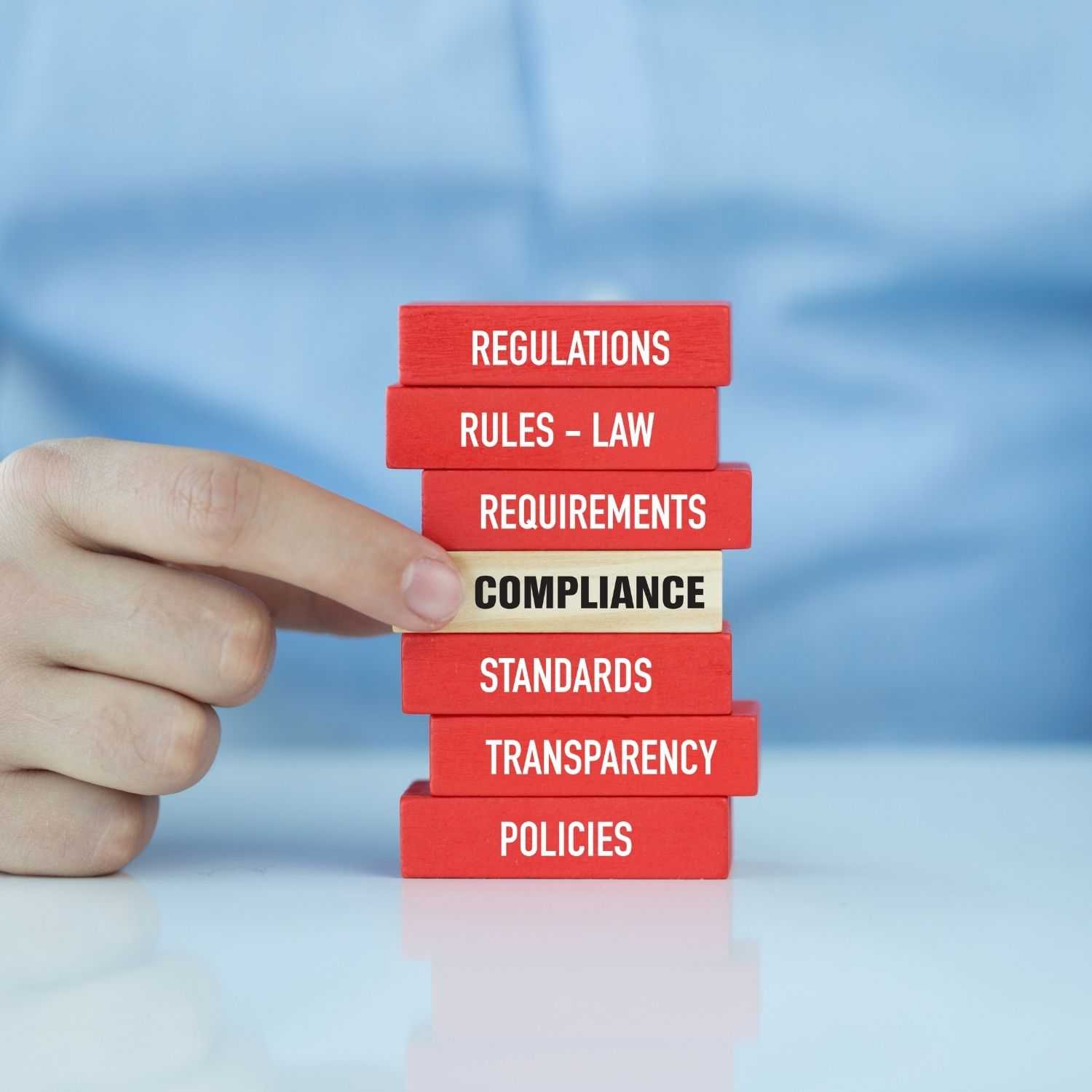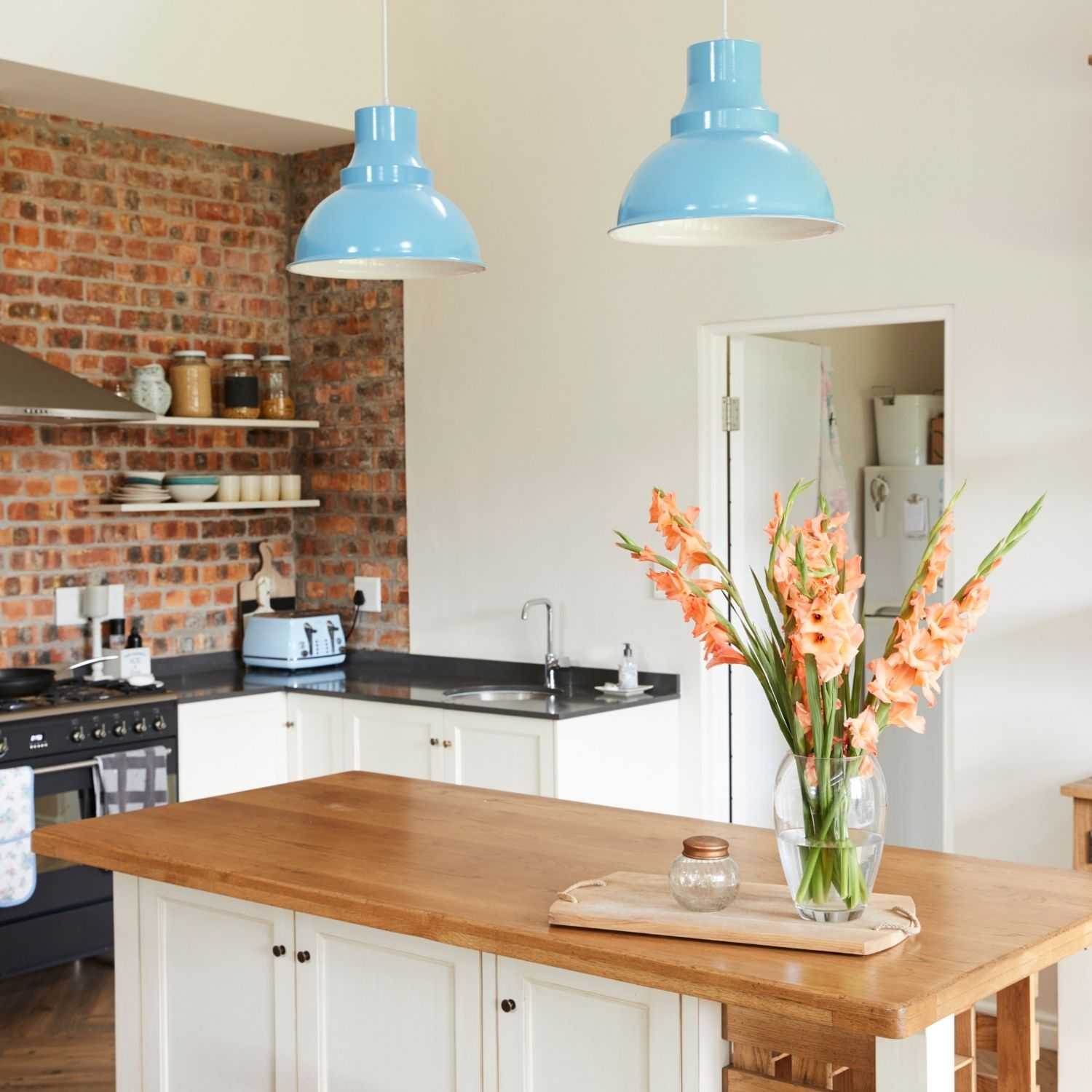Share post:
Rental yields refer to the revenue that property owners make by letting their flat to a tenant. Being a landlord is an effective way to get a return on investment on an asset. The key is to manage the property well and learn how to calculate the yield to maximise its earning potential in London.
This is how you can get the most out of what you spent to buy the asset in the first place.
In this article, you’ll discover the different types of rental yields and the guide to calculating the earning potential of your flat in London. The more you know about it and the factors that affect your rental yields, the more you can position your asset to help you build wealth.
Rental Yields VS Capital Growth
A rental yield is a crucial metric that will help a property owner determine the return on their investment after buying a real estate asset. When managed well, a landlord can expect a steady stream of cash flow from the tenant letting their properties.
Don’t confuse a rental yield with that of capital growth. The former allows you to earn an average of £1,500 to £4,000 per month – as long as an occupant is letting your unit. This amount can be used to pay the buy-to-let mortgage you borrowed or supplement your monthly cash flow.
The latter refers to the appreciation of an asset in relation to the movement of the market. This income is only evident when the asset is sold at a higher price than when it was bought. So when you buy the property for £300,000 and its market value after 3 years allows you to sell it at £350,000, your income from that asset is £50,000.
Since capital growth is dependent on the movement of the market, you need to time the sale of your asset to achieve maximum growth.
For your rental yield, you need to understand how to calculate it first so you can figure out the best letting strategy to maximise your investment returns.
Why Calculate Your Rental Income?
Calculating your letting income gives you clues on how to maximise the earning potential of your real estate asset. Unlike capital growth, part of the calculation involves the various expenses associated with managing a rental unit. Things like maintenance, insurance, taxes, and repairs are among the expenses that you have to consider. How much do you need to put aside to buy replacements for broken furniture and fixtures in your unit? How are you losing every time your unit is left vacant for periods of time?
These calculations keep you focused on the financial aspects of owning a real estate asset in London. Even if you decide to get a letting agent to manage your unit, you still have to do your calculations. This will give you what you need to stay on top of your property’s performance. Instead of just waiting for the market value to rise, you’re placed in a position of knowledge about what it costs to let a unit. This makes it easier to come up with strategies that will improve your portfolio over time.
2 Types of Rental Yields
There are 2 ways to calculate the rental yield of your unit. As a landlord, this is one of the basic skills that you need to know because it gives you clues on the earning potential of your unit.
But Before Using Your Rental Yield Calculator…
There are a couple of information that a landlord would need before using a rental yield calculator – specifically, the financial details.
To start, you need to get the total income that you get from the tenant. Then, determine the value of the unit based on the current market value. You also need to calculate the operation expenses like property management fees, repairs and maintenance, buy-to-let mortgage payments, and even taxes and insurance.
Once you have all these details, you can calculate your yield using either of these two.
Gross Rental Yield
This is the most simple way to get a rental yield. You just have to get the sum of the monthly earnings and divide it by either the property’s current market value or the amount that you paid to buy it.
The formula is as follows:
Annual Rental Income / Property Value or Price x 100 = Gross Rental Yield
As you can see, this formula is straightforward. There’s no need to calculate the expenses made on the asset. It’s just the price of letting the unit and the current market value.
So if you’re letting the flat for £2,000 per month (or £24,000 per year) and you bought it for £350,000, your rental yield calculator would look something like this:
£24,000 / £350,000 x 100 = 6.85%
As a rule, the higher the results of the rental yield calculator, the higher the income potential in relation to its value. In 2023, Property Data reveals that the average rental yield in the UK is at 4.75%. Given this, the calculated 6.85% rate is a very good yield.
But is that a good yield in London? It’s hard to tell. You see, this type of calculation is only encouraged if you need a quick assessment of your unit’s potential to earn. It’s enough to give you a ballpark figure of your letting price. But if you want a more accurate assessment of its earnings, you need to use the other rental yield calculator.
Net Rental Yield
This rental yield is more complicated because it requires you to identify the different expenses that your real estate asset incurs every month. That includes the property management fees, the buy-to-let mortgage payments, maintenance costs, insurance and taxes, wear and tear repairs, etc.
The formula to calculate this is as follows:
(Annual Rental Income – Expenses) / Property Value or Price x 100 = Net Rental Yield
Although it seems like this is similar to the previous formula, don’t be fooled. The “expenses” require a detailed list to get an accurate figure for this calculation. Among the annual cost of being a landlord that needs to be considered are as follows: (figures are estimates taken from Online Mortgage Advisor, Habito, Global Citizen Solutions, and Money Helper)
- Buy-to-let mortgage per month: £27,060 (for a £350,000 real estate asset with £2,255 monthly mortgage)
- Letting agent fees: £4,800 (20% for a full property management fee, £400 per month)
- Admin and legal costs: £750 (estimate annual cost for Deposit Protection Scheme registration, Energy Performance and Gas Safety certificates, landlord registration, etc.)
- Maintenance costs: £765 (the average annual maintenance fee)
- Taxes: £1,728 (the average annual tax for a £350,000 property)
- Insurance: £140 (average annual home and contents insurance policy)
The total of all these is £35,243.
Considering this amount, the rental yield will be calculated as:
(£24,000 – £35,243) / £350,000 x 100 = -3.21%
Did you see how the rental yield changed in comparison to the gross formula? With this information, you know that the earning potential for your investment is lacking. This will force you to make decisions to rectify the negative yield that you’ll be getting.
You’ll either improve the unit so you can increase your letting price. Based on all the expenses that you have to pay, you need an annual letting income of £336,000 or more. If you can raise your monthly fee to £3,250 per month, the calculation would be:
(£39,000 – £35,243) / £350,000 x 100 = 1.07%
That rental yield is better compared to the first calculation.
What Affects Your Property’s Income Potential
Knowing how to calculate rental yields is just the first step to gauging the investment potential of a property. You also have to understand the factors that affect it.
To start, economic factors like interest rates, inflation rates, and even employment trends influence the earning potential of your unit. These will affect the mortgage rates and even the ability of your tenant to pay the cost of living in your flat.
Maintenance and repairs will also come into play. Even if you find a tenant who takes care of your unit as if it’s their own, structures go through wear and tear over time. To protect your investment and keep your rental fees high, you have to spend for the upkeep and maintenance of your real estate asset.
Property management costs will also affect your rental yield. The more you have to pay for a professional to manage your flat, the lower the yield that you’ll get. This doesn’t mean that getting management services is a huge waste of money. A professional has a higher chance of increasing the occupancy rate of your flat – thus giving you more income in return. Consider the pros and cons and scrutinise the company that you’ll work with.
Increase Your Property’s Rental Income Potential in London
Calculating your rental yields is just one of the many things that you have to learn to be an effective landlord in London. Knowing the 2 rental yield calculations will allow you to make informed decisions about improving the return on your investment.
If you require expert advice and guidance, reach out to a property management company. Their services include market research and letting strategies that can improve your monthly rental yields.
Get in touch with our experts to find out the true income potential of your unit in London.













